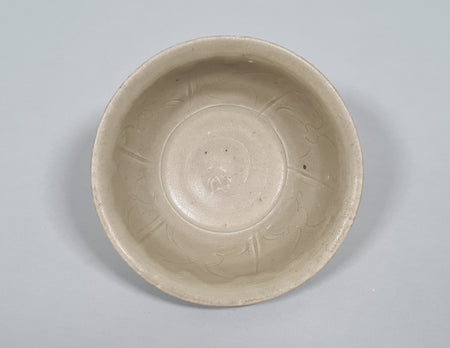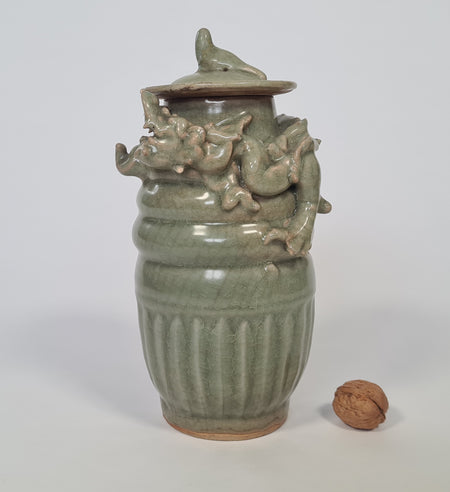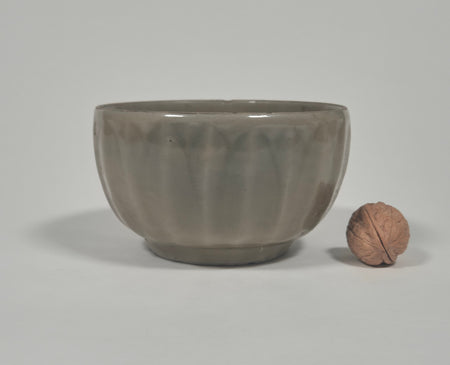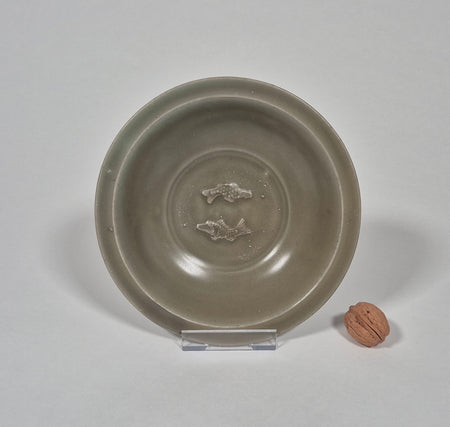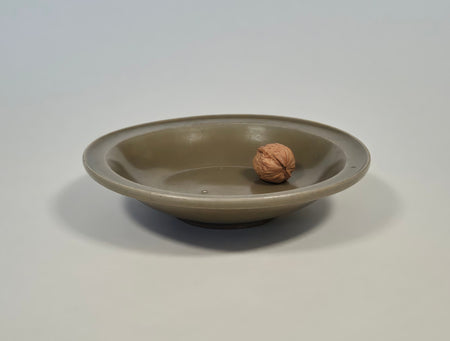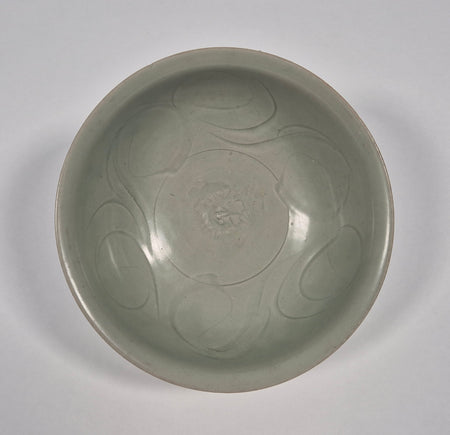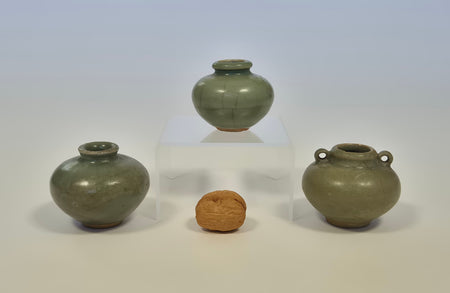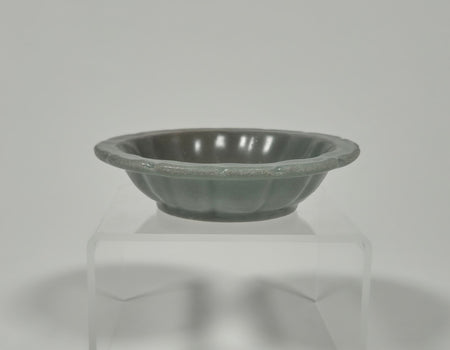Longquan ware
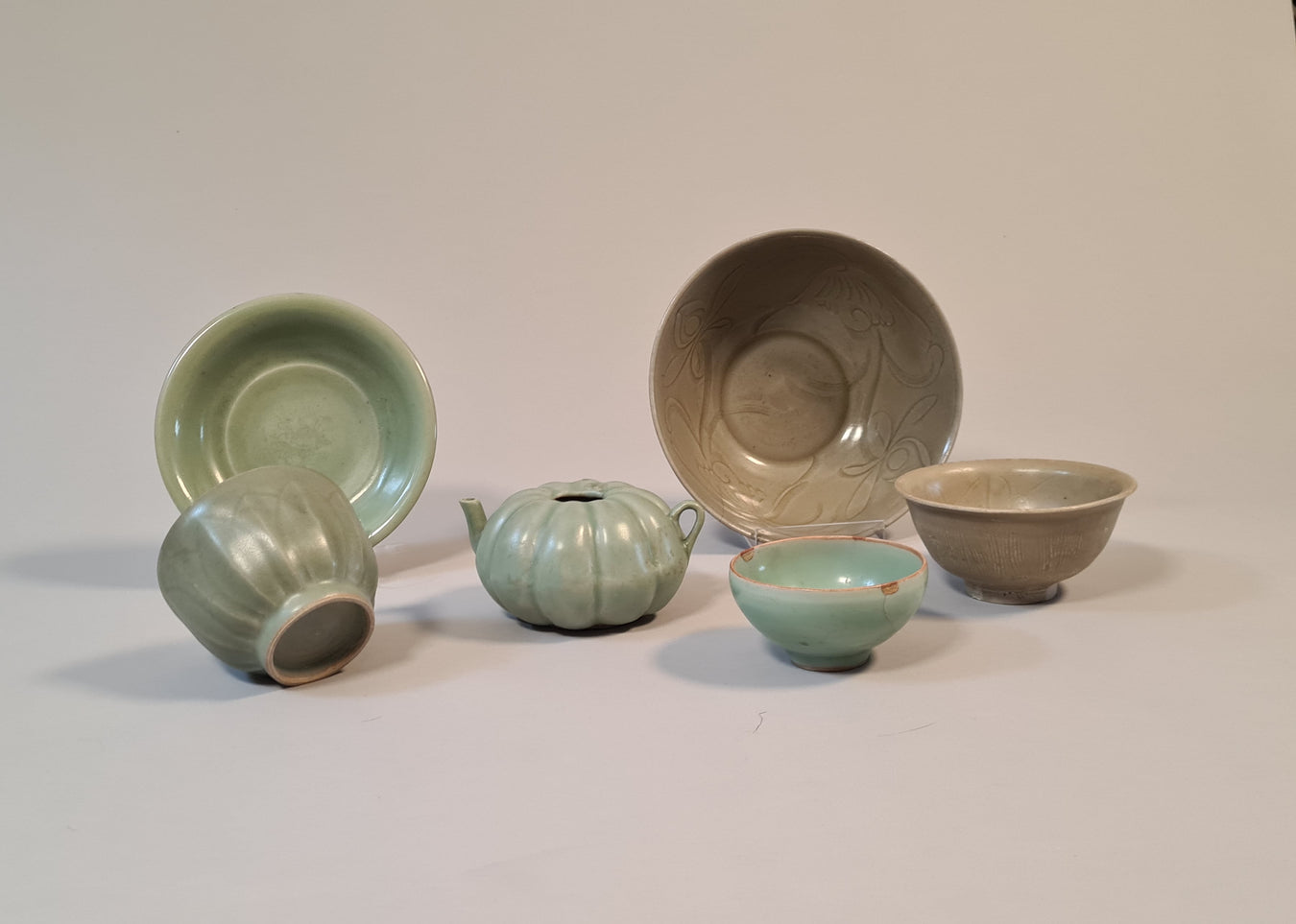
The Longquan kiln system arose during Northern Song dynasty in the regions in and around Dayao of Longquan county, and nearby areas. The kilns are mostly famous for their high-fired green glaze ware, produced during the Song to Ming dynasties. Longquan ware is often referred to as "celadon" due to its distinctive greenish-gray or bluish-green glaze. The term "celadon" is derived from the name of a character in a 17th-century French pastoral romance, wearing green clothes, and it was later used to describe ceramics with a similar green glaze.
Towards the conclusion of the Northern Song dynasty (960-1127), the Longquan kilns emerged as key providers to the royal court and government. By the Southern Song period, celadon produced in this region had already established itself as the principal ceramic ware used at the royal court, solidifying Longquan's position as the primary supplier for court ceramics. Additionally, products from the Longquan kiln system played a significant role in shaping contemporary urban life. As the Yuan dynasty unfolded (1279-1368), Longquan celadon gradually permeated the entire domestic market of China. The Ming dynasty witnessed an even more intimate connection between the Longquan kilns and the royal court.
The production is thought to have started during the mid Northern Song, and the potters were probably influenced by the Yue kilns. At this time, the kilns mainly produced bowls, dishes, and cups. Other objects such as vases, jugs and pitchers were rare. The bodies were coarse and hard, usually with a dark grey body, and the thinly applied glaze was usually vitreous and had a yellow-green or dark grey-green tone.
During the Southern Song the variety of objects produced increased and the quality improved. The coarse and durable type of objects from Northern Song period were still produced, but also more delicate and refined pieces with greyish-white bodies, and black bodies. In the Yuan dynasty, the Longquan kilns underwent remarkable advancements in production technology. Potters from Longquan demonstrated their expertise by crafting large vases, jars, and plates, specifically tailored to meet the preferences of a growing overseas market in other parts of Asia. Both during Southern Song and Yuan, Longquan wares were widely exported to many parts of Asia, Africa and Europe.
In the Ming dynasty, Longquan kilns produced wares for the court of high quality. Both the potting and the quality of the carving were excellent. The production of the imperial wares stopped in the Chenghua period. Pieces produced for export and the domestic market were also of high quality, usually with elaborative carved or moulded decoration. Compared to earlier periods, these pieces were usually more thickly potted.
Longquan glaze colour varies greatly and depends on different firing conditions in the large dragon kilns.
